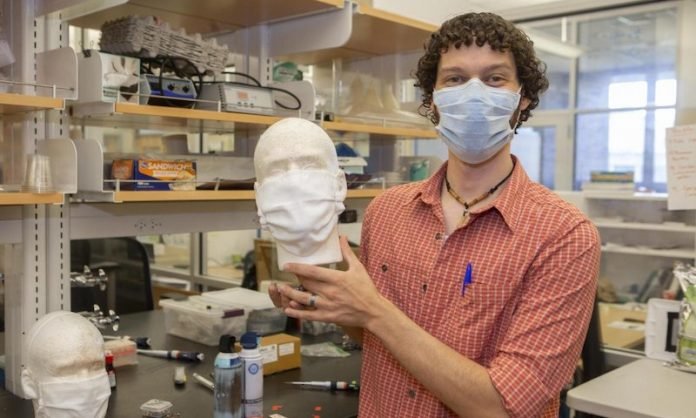
In a new study, researchers examined what common household fabrics might work best as a face covering to prevent COVID-19.
Next to a single-use N95 respirator or surgical mask, they found the best alternative could be made by a hungry little caterpillar.
Silk face masks are comfortable, breathable, and repel moisture, which is a desirable trait in fighting an airborne virus.
Perhaps best of all, silk contains natural antimicrobial, antibacterial and antiviral properties that could help ward off the virus.
The research was conducted by a team at the University of Cincinnati.
Studies have shown that copper, in particular, can kill bacteria and viruses on contact. And that’s where the little caterpillars have their own superpower.
Silk has copper in it. Domesticated silk moths eat mulberry leaves. They incorporate copper from their diet into the silk, the team says
Many health care providers wear a surgical mask in combination with an N95 respirator. The outer covering helps prolong the life of the N95 respirator by keeping it clean.
Silk might be an especially good choice for this outer cover as they perform similarly to surgical masks that are in short supply.
In the study, the team tested cotton and polyester fabric along with multiple types of silk to see how effective a barrier each is for repelling water, representing respiratory droplets containing the virus.
They found that silk worked far better as a moisture barrier than either polyester or cotton, both of which absorb water droplets quickly.
They concluded that silk performs similarly to surgical masks when used in conjunction with respirators but has the added advantages of being washable and repelling water, which would translate to helping to keep a person safer from the airborne virus.
One author of the study is Patrick Guerra, an assistant professor of biology at UC’s College of Arts and Sciences.
The study is published in PLOS ONE.
Copyright © 2020 Knowridge Science Report. All rights reserved.



